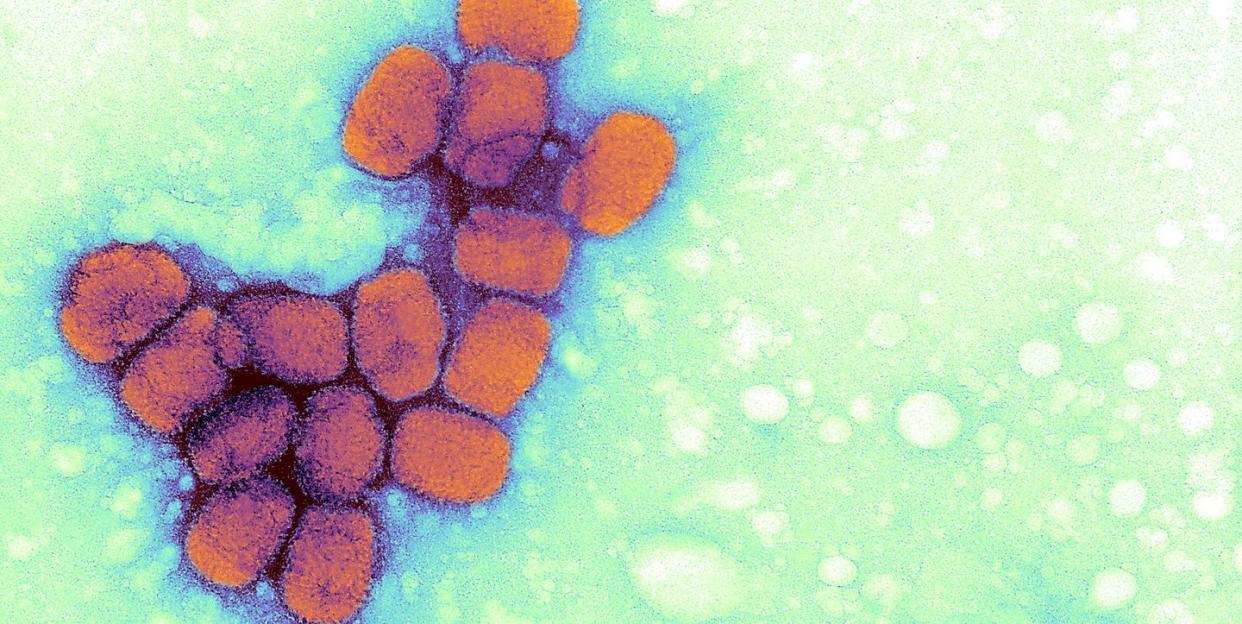Russian Facility That Houses Smallpox Virus Rocked by Explosion

A gas explosion and fire has rocked Russia’s State Research Centre of Virology and Biotechnology in Koltsovo, Novosibirsk, which houses a host of infectious disease samples.
Russian authorities say there is no risk to the public.
The facility, called Vector, is one of two places where live samples of the smallpox virus are held.
A gas explosion that rattled Russia’s State Research Centre of Virology and Biotechnology and started a fire in the Koltsovo, Novosibirsk, facility Monday has sparked concerns about the safety of infectious disease research.
The center, known as Vector, houses samples of some of the world’s most dangerous pathogens, such as smallpox, ebola, bird flu, and a number of hepatitis strains. Russian authorities assured the public that no pathogens were released in the explosion.
They also said in a statement that there was no structural damage to the building and that no hazardous materials were kept in the room where the blast occurred. The explosion occurred on the fifth floor of the six story building and injured one worker, who suffered third degree burns, according to The Guardian.
Though the World Health Organization declared smallpox eradicated in 1980, two facilities—Vector and the Centers for Disease Control and Prevention (CDC) in Atlanta, Georgia—still contain samples of the virus. At the CDC, only 10 scientists have access to the samples, which are guarded by retinal scanners and security card access points.
Monday’s incident will undoubtedly revive a heated debate within the infectious disease community. Should samples of eradicated diseases be kept for study or destroyed?
Those in favor of keeping the samples, retentionists, argue that these samples provide the only avenue for studying the virus should it reappear in the future. Destructionists, meanwhile, argue that the infectious samples should be destroyed, eliminating the possibility that the virus could resurface or be cultivated into a bioweapon.
“The [infectious] materials themselves are kept in liquid nitrogen tanks,” expeditionary biologist Terry Fredeking, who once funded infectious disease research at Vector, tells Popular Mechanics. “I don't see that there would be any damage to the materials unless the fire warmed up the tanks.”
But “you don’t know what to believe,” he says.
Prior to the fall of the Soviet Union in the early 1990s, the facility housed covert operation to research bioweapons, but Vector has since worked with partners in the U.S. and across the globe on peaceful projects. Still, the facility has had its share of mishaps. In 2004, for example, a Russian scientist died after she accidentally pricked her finger with a needle tainted with the ebola virus
You Might Also Like

